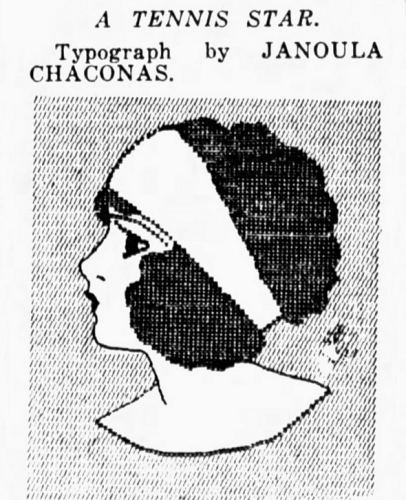I am a closet amateur historian. Even if I, at least according to my friend who is an actual historian, lack the stamina that makes her keep researching exactly when someone built a certain set of railway lines. I’m probably not cut out for the hardcore historian lifestyle (I do spend a grotesque amount of time going through medieval recipes and dress patterns, though).
To nurture my historical interest I follow a blog called Yesterdaysprint on Tumblr. They post small newspaper clippings from the last 200 years or so. A few days ago, they posted this wonderful clipping:
Look at that! That’s some very early emoticons all the way from 1881! The emoticon got popular in chatrooms in the 1990s, where the :-) and :-( symbols among other symbols helped chatters express feelings and moods. It’s also in this period that “LOL” and other abbreviations got added to the vocabulary of online communicators.
But this form of communicating go further back. Way back.
According to the (This link open in new tab) University of Pittsburgh, the oldest smiley we know of, is from 1635 and was added next to the signature of the notary going through the accounts of the Town Hall of Trenčín. The little smiley expressed the notary’s satisfaction with the records.
But of course, the emoticon go was back! Of course, there would have been a human being – most likely in a hurry – experimenting with different forms of expressions on the typewriter, and with the Morse language, and with the written language.
In a world where this form of communication mostly has taken place through text messages, it made sense to shorten down messages to symbols and abbreviations to save time. People engaging in the communication have probably given great concern to how typed messages appear neutral and are difficult to translate emotionally. So they added
Because that’s what humans do. We play with language, communication and the tools we use to communicate with.
I’m also sure that somewhere, somehow, a spirited youth’s typewriter sooner or later would produce the classical representation of a female’s bosom, immortalized on the digital calculator and the early SMS: (.)(.)
There’s also this lovely piece of ASCII art from the roaring 1920s. Just imagine that a person made that on a typewriter after much trial and error.
It beats writing “58008” on a calculator and turning it upside-down any day.
For a more in-depth story of the emoticon and visual language, I recommend this lovely article: (This link open in new tab) “The History of Emoticons” by Tim Slavin, Off Beat, May 2014




